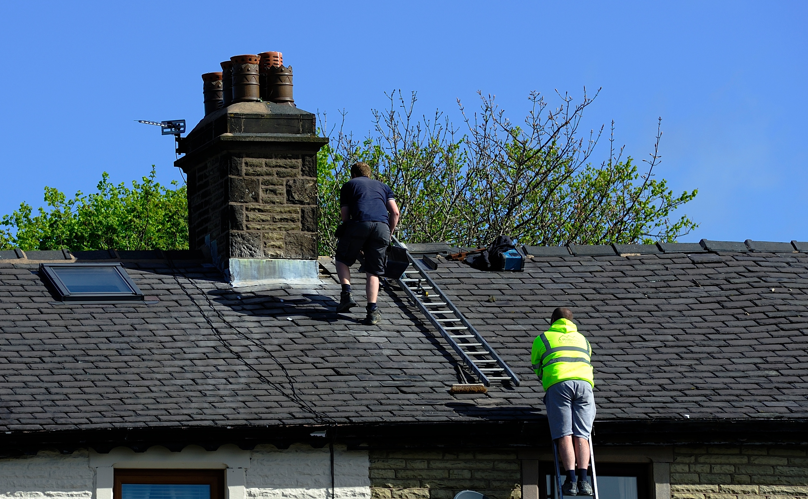
The aftermath of a storm often leaves homeowners with a laundry list of repairs, each requiring attention within its own timetable. Among these, a chimney stands as an essential yet vulnerable structure. This comprehensive guide is designed to help you understand the particular challenges that storms present to chimneys, the immediate actions you should take post-storm, and how to prevent and address chimney damage effectively, should you have weathered a particularly fierce front.
Understanding the Impact of Storms on Chimneys
With their towering heights and exposure to the elements, chimneys bear the brunt of severe weather. High winds can cause dislodgment of bricks or mortar, while heavy rainfall erodes the chimney’s masonry and causes leaks. Lightning also directly threatens the brickwork and surface layers, leading to immediate or latent damage that requires prompt attention. With these in mind, it becomes clear that the chimney is not exempt from the post-storm checklist.
Assessing the Damage
The first step in addressing chimney damage is a thorough assessment. During or immediately after a storm, visual checks for any new cracks, leaning or tilting, or structural movement should be prioritized. Signs of water infiltration, such as damp spots, efflorescence, or mold, can indicate the chimney’s integrity issues and should not be ignored.
Immediate Steps to Take
When suspicious damage is detected, safety is paramount. Clear the immediate area around the chimney to prevent injuries. Then, temporary measures such as installing a tarp or temporary covering can safeguard the interior of your home and prevent further structural degradation.
Consider the risk of carbon monoxide poisoning in the instance of significant damage. If you suspect leaks or are using fuel-burning appliances, evacuate the house and contact a local emergency service or gas provider before reentering your home.
Professional Assistance
The complexity of chimney structures warrants professional intervention. A chimney repair service can provide in-depth assessments, detailed repair plans, and a critical eye for safety procedures. Expertise in post-storm chimney repairs is pivotal to ensuring the structure returns to its pre-damaged state.
Consider their experience, certifications, and customer reviews when choosing a chimney repair service. Look for a service that offers a comprehensive range of chimney repairs and, importantly, is local, with quick response times that can prevent further damage and protect your investment.
The Repair Process
Every storm’s effects on a chimney are unique, but some repairs are more common than others. These may include repointing the bricks and mortar, installing a new liner, or, in the most severe cases, a partial or complete chimney rebuild. The timeline for these repairs varies, depending on the extent of the damage, but generally, you can expect anything from a few days to a few weeks to complete.
Preventive Measures for Future Storms
In the wake of repairs, the focus shifts to safeguarding against future storms. Regular chimney inspections can catch minor problems before they become severe. Weatherproofing your chimney with the appropriate sealants and caps can provide a protective barrier against the elements, prolonging the structure’s lifespan.
A chimney that has weathered the storm may stand as a testament to resilience, but its post-storm state is a matter of safety and preserving home value. Prompt action, inspection, and, if necessary, professional repair are non-negotiables when it comes to post-storm home care.


